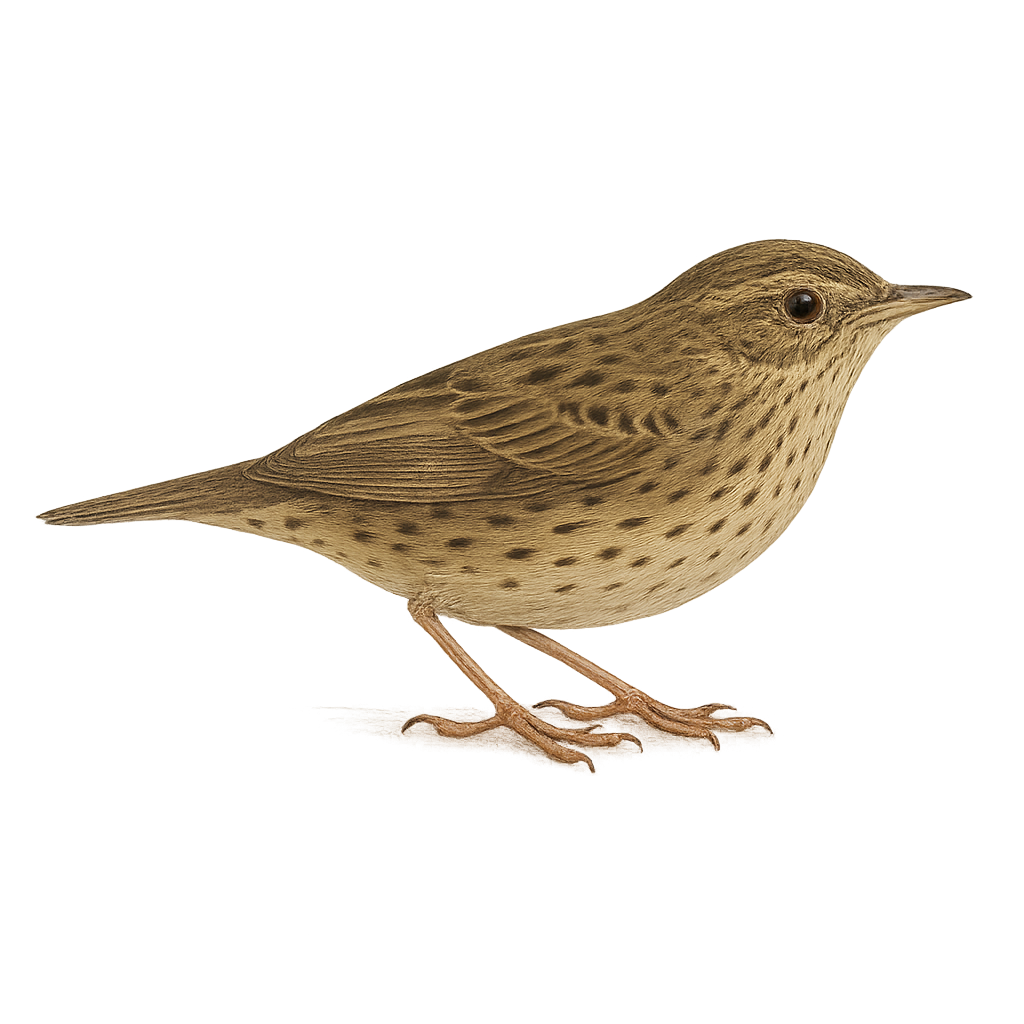Your wildlife photography guide.
Explore the lanceolated warbler in detail, study its behavior, prepare your shots.
Where to observe and photograph the lanceolated warbler in the wild
Learn where and when to spot the lanceolated warbler in the wild, how to identify the species based on distinctive features, and what natural environments it inhabits. The WildlifePhotographer app offers tailored photography tips that reflect the lanceolated warbler’s behavior, helping you capture better wildlife images. Explore the full species profile for key information including description, habitat, active periods, and approach techniques.
Lanceolated Warbler
Scientific name: Locustella lanceolata

IUCN Status: Least concern
Family: LOCUSTELLIDAE
Group: Birds
Sensitivity to human approach: Suspicious
Minimum approach distance: 10 m
Courtship display: June to July
Incubation: 11-13 jours
Hatchings: June to July
Habitat:
Wetlands, meadows, marshes
Activity period :
Mainly active at night, generally discreet during the day.
Identification and description:
The Lanceolated Warbler is a small, elusive bird belonging to the Locustellidae family. It is characterized by its brownish plumage, finely streaked with black, which allows it to blend into its natural habitat. This bird prefers wetlands, meadows, and marshes, where it primarily feeds on insects and small invertebrates. Its song is a rapid, monotonous trill, often heard at dusk. The Lanceolated Warbler is migratory, spending its summers in Eurasia and winters in Southeast Asia. Although its conservation status is currently "least concern," it is threatened by habitat destruction due to intensive agriculture and wetland drainage.
Recommended lens:
400 mm – adjust based on distance, desired framing (portrait or habitat), and approach conditions.
Photography tips:
To photograph the Lanceolated Warbler, it is advisable to use a telephoto lens of at least 400mm to capture detailed images from a distance. Being a suspicious bird, it is important to remain discreet and blend into the environment. Favor dusk hours to observe its activity and listen to its distinctive song. Use a tripod to stabilize your camera and adjust ISO settings to compensate for low light. Be patient and ready to wait to get the perfect shot of this elusive bird.
The WildlifePhotographer App is coming soon!
Be the first to explore the best nature spots, track rutting seasons, log your observations, and observe more wildlife.
Already 1 432 wildlife lovers subscribed worldwide

